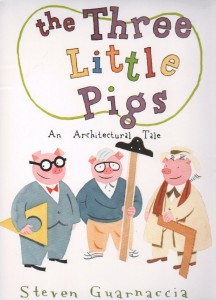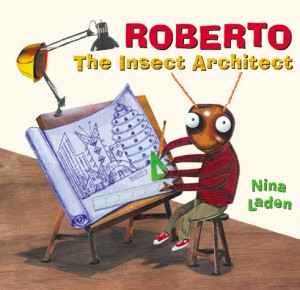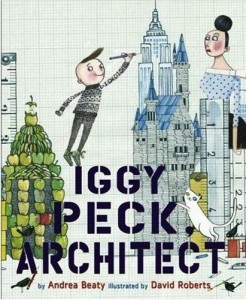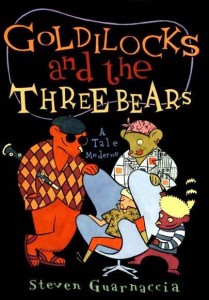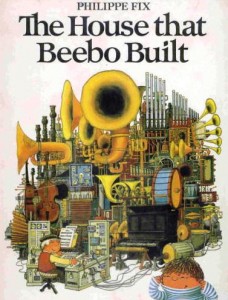Farewell Carmen
I would like to add my personal tribute following the recent death of Carmen.
As well as being Taumarunui’s most famous export, she needs, in my view, far wider recognition for her policies as a candidate in the 1977 mayoral election.
We designed a café for her in Dixon St. that was refused a licence by the Wellington City Council on the basis that’ undesirable’ types might frequent it.
1970’s Wellington had a few raffish urban figures, mainly patrons of Suzy van der Kwast’s Coffee shop in Willis St. Bart Cox, Bill Hallam-Eames, Roy Parsons, Ron Brierley ,and Bob Jones among them.
Unfortunately they were not a significant enough core to counterbalance the dark suited, light shirted civil servant types whose dress exuberance was limited to the statuatory 0.3m2 surface area of their ties.
Carmen as a generously proportioned ladette had more like 3.0m2 of colourful surface area on show, so she stood out.
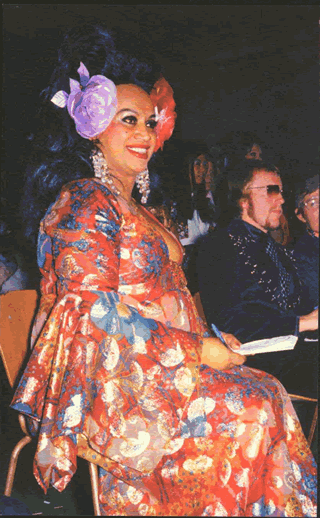 When I first arrived in Wellington in the late 1960’s, Michael Fowler, my mentor, and subsequent mayor, recognized that Wellington deserved better than being a mere workplace location emptying each night as the office workers travelled home to the ‘dormitory’ suburbs. Read More
When I first arrived in Wellington in the late 1960’s, Michael Fowler, my mentor, and subsequent mayor, recognized that Wellington deserved better than being a mere workplace location emptying each night as the office workers travelled home to the ‘dormitory’ suburbs. Read More
In memory of Centrepoint
The book ‘Why Buildings Fall down’ by Matthys Levy, Mario Salvadori and Kevin Woest, suggests that ‘gravity gets all buildings in the end’.
Of the original seven wonders of the world, only one, the Great Pyramid of Giza, is still standing. The reason is perhaps, that with its sloping sides, it could be considered pre-collapsed.
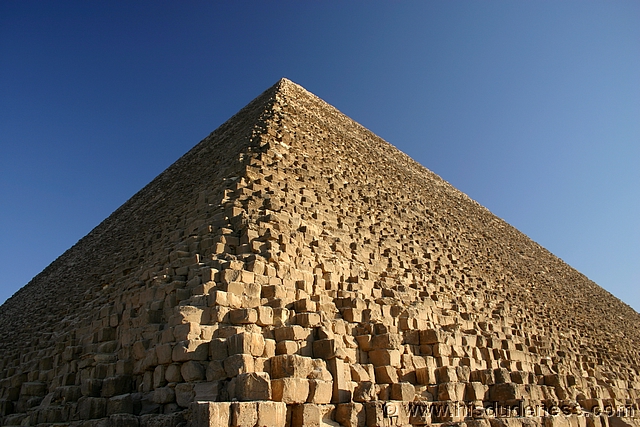
Our 1973 Centrepoint shopping centre, in the main street of Masterton, may have been one of the seven wonders of the Wairarapa. Read More
Tawa
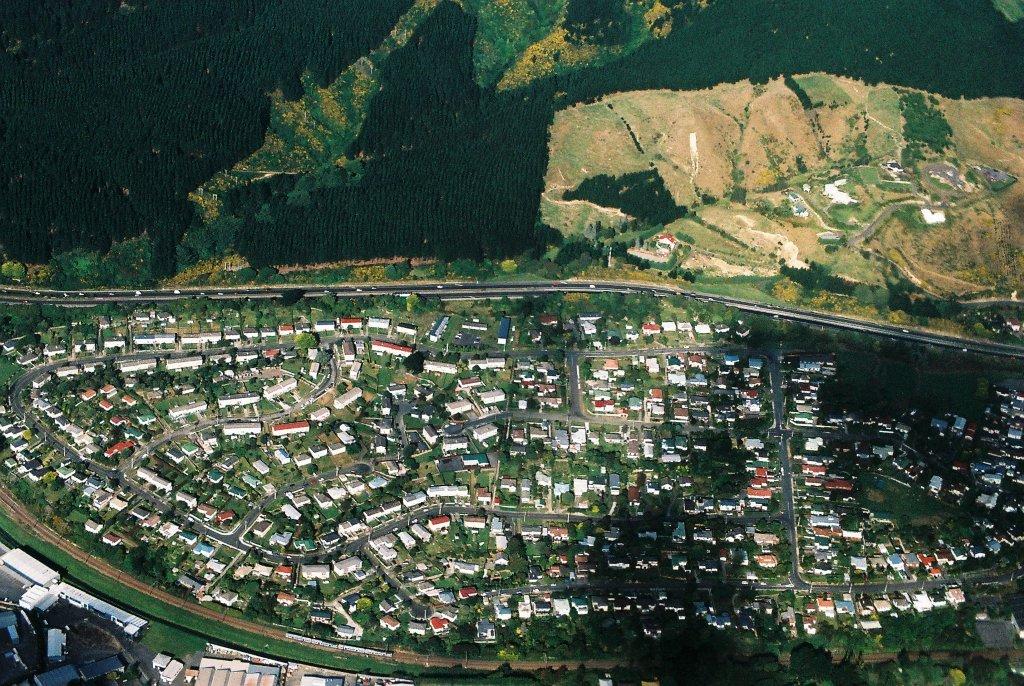
Where's Lynn?
Maori Architecture
I confess to being a late starter in learning about our indigenous architecture. Growing up in suburban Hamilton was an impediment.
Two years ago I had my first real functioning marae experience. It was an occasion of great sadness – a tangi for a fine young man, at Tu Teao Marae in Te Teko. But through the sadness, I couldn’t help but note the wonder of how the special sequencing, the disposition of the buildings around the central open space, and the inter linking of each activity around that space, actually worked.
The architecture functioned in support of the welcoming process, the protocols, the sense of belonging, the continuity of tradition, and the seemingly effortless feeding of thousands of guests over the three days.
Children are our future
My grandson is expressing an architectural interest. I have to say Lego rather than Kevin McLeod.
For his recent 8th birthday, I gave him two introductory books on the subject. I am not expecting him to grow up to be an architect but on the card I wrote:
‘These books are not intended as propaganda, but to recognize that early intervention is likely to prevent crimes against the built environment in later life.’
I have given some of these books as birthday gifts to my architectural colleagues. It may be too late for them…
